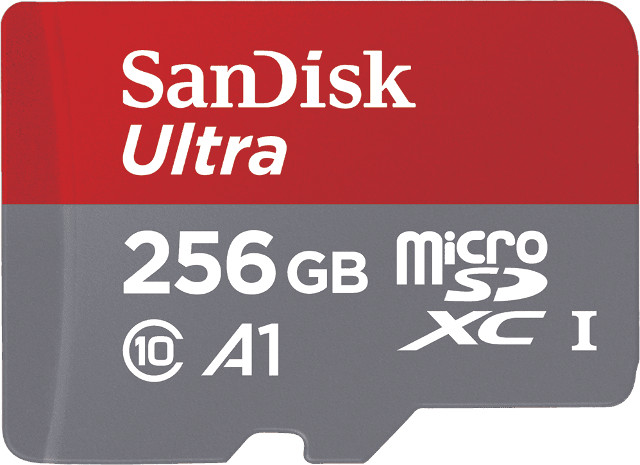SD cards used to store media data only, for example photos and videos in your camera or smartphone, but with the introduction of “Adoptable Storage” in Android 6.0 you can now run apps directly on a micro SD card, and many development boards rely on (micro) SD card to run the full operating system. The difference is important, as with media storage, the raw sequential read and write speeds are the most important, as large files are created and accessed, but for apps and operating systems many small read and write operations such as databases access take place on the card, so random IO performance becomes much more important. So far, the SD card specifications would only report sequential performance with different classes, and for example for are often recommended to use “Class 10” SD cards on Raspberry Pi, which does not clearly indicates the random IO performance.

SD Specifications 5.1 address this issue, as a new Application Performance Class is introduced, and micro SD card will A1 performance class will deliver at least 1500 random read input-output access per second (IOPS), 500 random write IOPS, and 10 MB/s sustained sequential performance.
It will be easy to purchase such card as they will come with either “A1 App Performance” or “A1” logo.
There’s no difference in performance between the two logo. Eventually, the SD card association will released higher App Performance Levels, likely A2, A3… as the market evolves. The new App Performance Class is shortly explained in the video below.
SD Specification are only available to paid members, but you may find out more by reading the white paper entitled “Application Performance Class: The new class of performance for applications on SD memory cards.”, or visit SD Card Association Application page. One of the first micro SD card compliant with Class A1 is the 256GB Sandisk Ultra microSD UHS-I card, although they don’t seem to have done anything specific to match Class A1 requirements, the card was already fast enough, and Sandisk simply added the A1 logo.
Thanks to tkaiser for the tip

Jean-Luc started CNX Software in 2010 as a part-time endeavor, before quitting his job as a software engineering manager, and starting to write daily news, and reviews full time later in 2011.
Support CNX Software! Donate via cryptocurrencies, become a Patron on Patreon, or purchase goods on Amazon or Aliexpress




